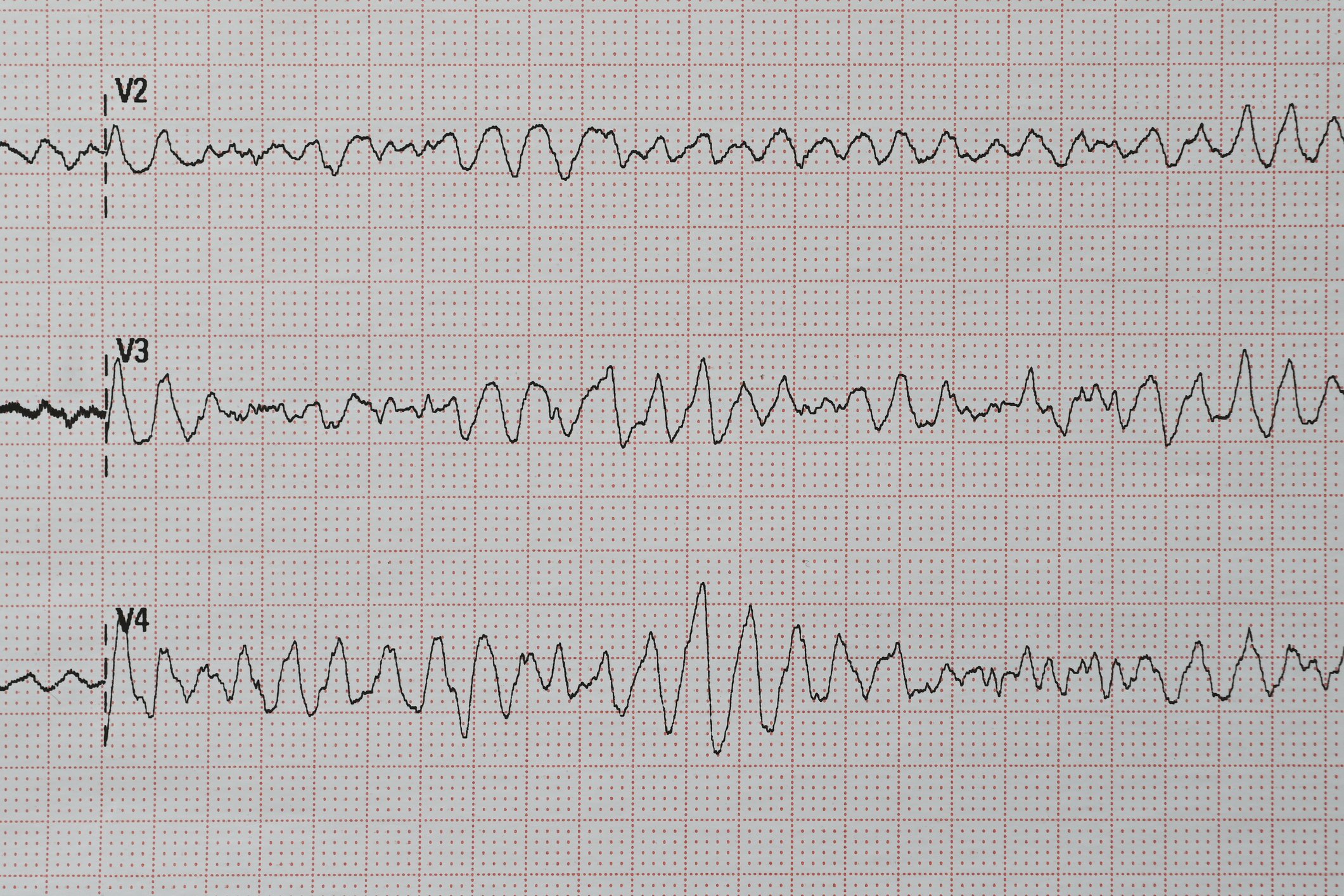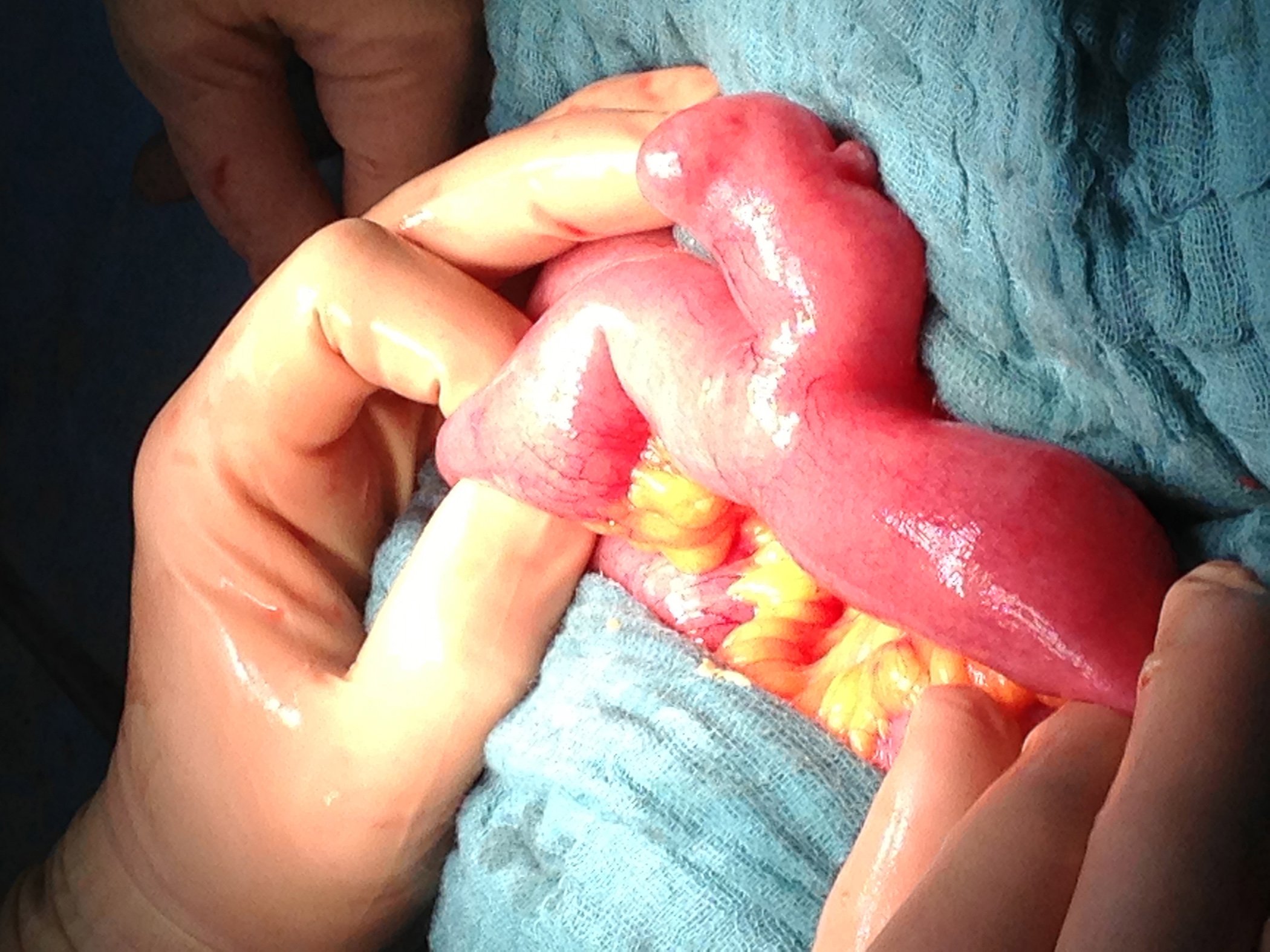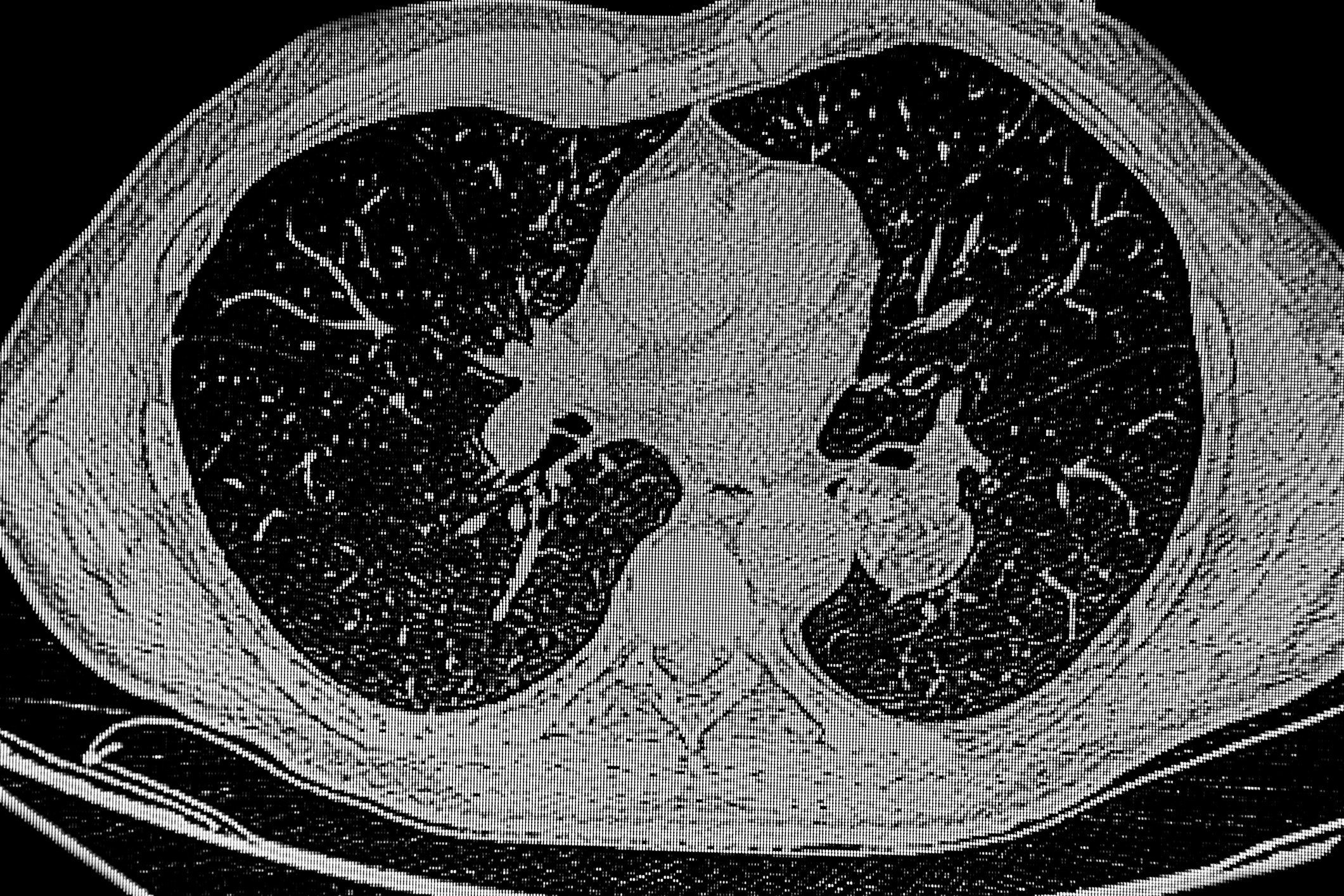Like any form of intervention in the human immune system, therapy with Ozanimod carries certain risks. In particular, infections and adverse cardiac effects represent previously known side effects of treatment with S1P receptor modulators. However, the pivotal studies of ozanimod, as well as other data since their completion, suggest a comparatively favorable safety profile [1–3].
Overall, the incidence of serious adverse effects of ozanimod has been low. In both pivotal studies, the SUNBEAM and RADIANCE studies, comparable values were seen in all three treatment groups (Table 1). The serious adverse reactions, which were registered most frequently, were appendicitis and sinus tachycardia. There were no drug-associated deaths in either population [1,2]. This favorable safety profile is perpetuated by the data collected to date from the open label DAYBREAK study with consistent incident rates of serious adverse events and no drug-related deaths [4]. In the indirect comparison by Swallow E et al. [5] with fingolimod, a widely used S1P receptor modulator, showed a significantly lower incidence of adverse drug reactions with Ozanimod therapy. In particular, cardiac events after initial administration and low blood lymphocyte counts occurred less frequently when the new agent was used [5]*. This could be due to the higher selectivity of ozanimod.
* No direct comparisons of the active ingredients exist.
A narrow ridge
Due to the decreased exposure of sphingosine 1-phosphate receptors on lymphocytes under S1PReceptor modulator therapy, they accumulate in the lymph nodes while their numbers in the blood circulation decrease [6]. This known, dose-dependent effect of lymphocyte redistribution was also observed under Ozanimod therapy and on the one hand conditions the efficacy of the drug, but on the other hand could promote infections and weaken the infection defense. In both pivotal studies, lymphocyte counts decreased by approximately 57% during the first three months and then settled at a stable level (Table 2). Overall, there were 29 cases in the ozanimod 1 mg and 4 cases in the ozanimod 0.5 mg therapy group in which lymphocyte counts fell below 0.2 × 109/L, but this did not result in any serious or opportunistic infections. In the indirect comparison with the agent fingolimod, the circulating white blood cell count was less affected by ozanimod after one year of therapy, but efficacy with respect to clinical endpoints was comparable in the analysis [5].
This could indicate a reduced susceptibility to infections during treatment with ozanimod, which reached statistical significance at least for the frequency of liver infections after two years of therapy. In both the SUNBEAM and RADIANCE studies, infections, including serious infections and herpes infections, were evenly distributed across the treatment groups [1,2]. Thus, despite its direct intervention in the immune system, the new agent does not appear to be inferior to therapy with interferon β1a with respect to the risk of infection. Also with regard to malignant diseases, no new concerns were raised by the pivotal studies. Nevertheless, these risks, which are based on the mode of action of ozanimod, certainly need to be considered and monitored in the longer term.
Matters of the Heart
Because subtype 1 S1P receptors are also expressed on atrial myocytes, therapy with S1P receptor modulators such as ozanimod may lead to adverse cardiac effects, especially during the dose escalation phase. In particular, bradycardia and AV blockade pose potentially life-threatening risks and require cardiac monitoring after initial administration, as well as slow up-dosing of the drug over several days. Under extended monitoring, no second- or even third-degree AV block occurred in either pivotal study of ozanimod after initial administration, or during its subsequent course. Furthermore, there were no clinically significant bradycardias and only a small proportion of patients required cardiac monitoring lasting more than 6 hours [1,2]. In the follow-up study, no clinically significant bradycardias or AV block images occurred until the most recent interim analysis, even after switching medication from interferon β1a to ozanimod or increasing the dose [4].
The selective mechanism of action of ozanimod may play an essential role in the favorable cardiac risk profile compared with fingolimod. This was demonstrated in the indirect comparison of the two agents by Swallow et al. [5]* postulated and potentially represents an important difference in comparison with other substances of the same class. For example, in the pivotal trials for fingolimod, a significantly greater proportion of patients had a pulse below 45/minute and more cardiac events were reported during monitoring. Conduction pathologies, first-grade AV block, and conditions requiring monitoring for more than 6 hours occurred significantly less frequently with ozanimod therapy (fig. 1). In addition, blood pressure decreased less after initial administration of the new agent [5].
* No direct comparisons of the active ingredients exist.


Favorable safety profile due to selectivity?
Cardiac side effects and infections remain important safety risks with this S1P receptor modulator, but appear to be comparatively rare. The selective targeting of ozanimod may provide a mechanistic explanation for this and serve as an example for further development of new drugs in this area.

Literature:












